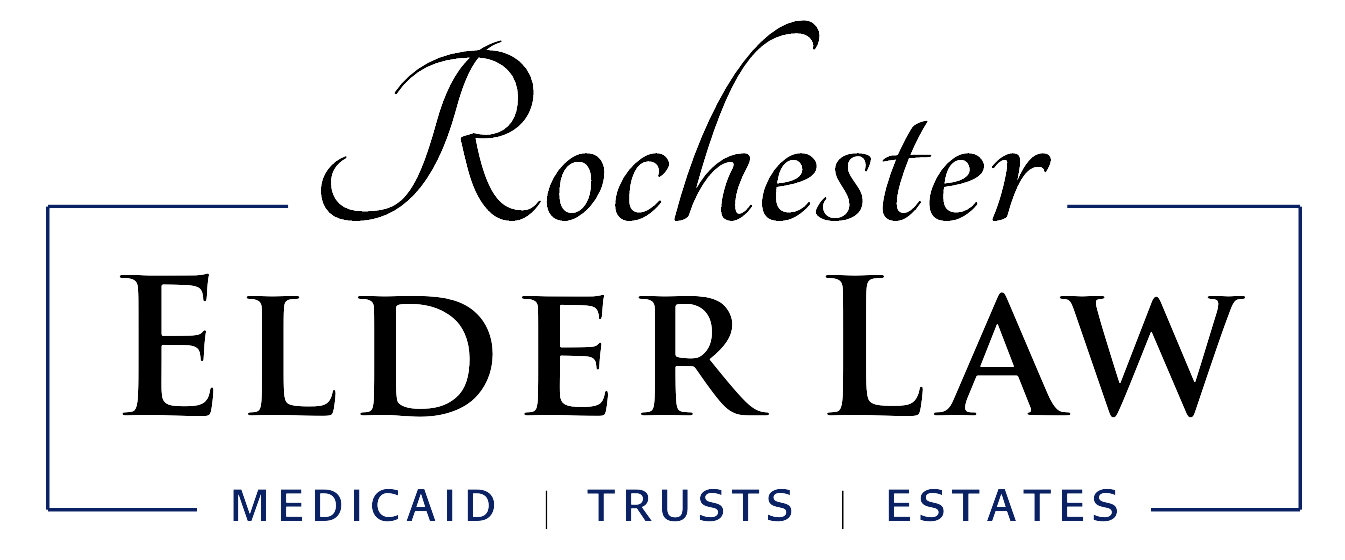Elder Law Resources
Transfers
8/17/2009
As explained in the Medicaid section of this site (see The Transfer Penalty), Congress has established a period of ineligibility for Medicaid for those who transfer assets without adequate compensation. The DRA significantly changed rules governing the treatment of asset transfers. For transfers made prior to enactment of the DRA on February 8, 2006, New York Medicaid officials look only at transfers made within the 36 months prior to the Medicaid application (or 60 months if the transfer was made to or from certain kinds of trusts). But for transfers made after passage of the DRA the so-called "look back" period for all transfers is 60 months. Beginning February 1, 2009, an application for Medicaid will require 37 months of financial statements, increasing by one month each succeeding month. In other words, as of March 2009, an applicant will need 38 months of financial statements and in April 2009, an applicant will need 39 months of financial statements. This pattern will continue until 60 months is required (January 2011).
While the "look back" period determines what transfers will result in penalties, the length of the penalty depends on the amount transferred. The penalty period is determined by dividing the amount transferred by the average monthly cost of nursing home care in the region. For instance, if the nursing home resident transferred $100,000 in a region where the average monthly cost of care was $5,000, the penalty period would be 20 months ($100,000 ÷ $5,000 = 20).
Another significant change in the treatment of transfers made by the DRA has to do with when the penalty period created by the transfer begins. Under the prior law in New York, the 20-month penalty period created by a transfer of $100,000 in the example described above would begin either on the first day of the month following the transfer. Under the DRA, the 20-month period will not begin until (1) the transferor has moved to a nursing home (thereby qualifying medically), (2) has spent down to the asset limit for Medicaid eligibility, (3) has applied for Medicaid coverage, and (4) qualifies for coverage but for the transfer.
For instance, if an individual transfers $100,000 on April 1, 2006 (after the DRA was implemented), moves to a nursing home on April 1, 2007, and becomes otherwise eligible for Medicaid (both medically and financially) and actually applied on December 1, 2008, then the 20-month penalty period will begin upon the date of application, and the applicant will not receive Medicaid benefits until July 1, 2010.
Transfers should be made carefully, with an understanding of all the consequences. People who are considering transfers must be careful not to apply for Medicaid before the five-year look back period elapses without first consulting with an elder law attorney. This is because the penalty could ultimately extend even longer than five years, depending on the size of the transfer.
One of the prime planning techniques used prior to the enactment of the DRA, often referred to as "half a loaf"Â was for the Medicaid applicant to give away approximately half of his or her assets. It worked this way: before applying for Medicaid, the prospective applicant would transfer half of his or her resources, thus creating a Medicaid penalty period. The applicant, who was often already in a nursing home, then used the other half of his or her resources to pay for care while waiting out the ensuing penalty period. After the penalty period had expired, the individual could apply for Medicaid coverage.
Example: Mrs. Jones had savings of $72,000. The average private-pay nursing home rate in her region is $6,000 a month. When she entered a nursing home, she transferred $36,000 of her savings to her son. This created a six-month period of Medicaid ineligibility ($36,000 ÷ $6,000 = 6). During these six months, she used the remaining $36,000 plus her income to pay privately for her nursing home care. After the six-month Medicaid penalty period had elapsed, Mrs. Jones would have spent down her remaining assets and be able to qualify for Medicaid coverage.
While you could generally give away approximately half your assets, the exact amount depended on a variety of factors, including the cost of care, the transfer penalty in your region, income, and possible other expenses. Despite the more stringent rules of the DRA, the law still allows strategies to protect assets.
Any transfer strategy must take into account the nursing home resident's income and all of her expenses, including the cost of the nursing home. Also, be very, very careful before making transfers. Also, bear in mind that if you give money to your children, it belongs to them and you should not rely on them to hold the money for your benefit. However well-intentioned they may be, your children could lose the funds due to bankruptcy, divorce or lawsuit. Any of these occurrences would jeopardize the savings you spent a lifetime accumulating. Do not give away your savings unless you are ready for these risks.
In addition, be aware that the fact that your children are holding your funds in their names could jeopardize your grandchildren's eligibility for financial aid in college. Transfers can also have bad tax consequences for your children. This is especially true of assets that have appreciated in value, such as real estate and stocks. If you give these to your children, they will not get the tax advantages they would get if they were to receive them through your estate. The result is that when they sell the property they will have to pay a much higher tax on capital gains than they would have if they had inherited it.
Transfers should be made carefully, with an understanding of all the consequences. Consulting with an elder law attorney may be the best investment you can make at this stage of life.
Remember: You do not have to save your estate for your children. The bumper sticker that reads "I'm spending my children's inheritance" is a perfectly appropriate approach to estate and Medicaid planning.

Centrally Located in Brighton
near Cobbs Hill:
1399 Monroe Avenue,
Rochester, NY 14618
Map & Directions
Weekly News & Updates
Subscribe now and get our FREE Guide, "The Top Eight Mistakes People Make with Medicaid Qualification"
Rochester Elder Law
All Rights Reserved
Legal Disclaimer: We have organized and prepared this website to provide general information about our firm. Content is subject to change without notice. The material presented here is not legal advice and is not to be acted on as such. You should consult an attorney for advice regarding your individual situation. We invite you to contact us and welcome your calls, letters and electronic mail. Viewing this web site or contacting us does not create an attorney-client relationship. Please do not send any confidential information to us until such time as an attorney-client relationship has been established. This site may contain attorney advertising. However, prior results do not guarantee a similar outcome.






